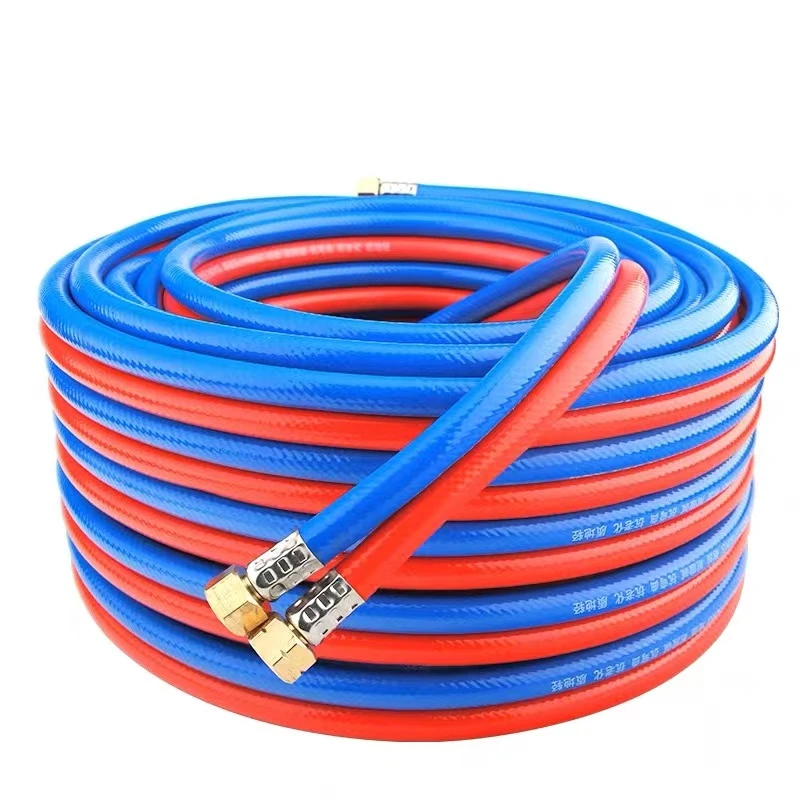LPG Hose and Regulator for Efficient Gas Connection and Safety
Understanding LPG Hose with Regulator Essential for Safety and Efficiency
Liquefied Petroleum Gas (LPG) is widely used for cooking, heating, and powering various appliances. To ensure the safe and efficient use of LPG, the components involved in its delivery system are crucial, particularly the LPG hose and regulator. This article delves into the significance of these components, their functions, and safety considerations.
What is an LPG Hose?
An LPG hose is a flexible tube designed to transport liquefied petroleum gas from one point to another, typically from an LPG cylinder to a gas appliance. These hoses are engineered to withstand high pressure and temperatures, and they are usually made from durable materials such as rubber or thermoplastic. The hoses must meet rigorous safety standards to prevent leaks, which can lead to hazardous situations like fires or explosions.
Role of the Regulator
The regulator is an essential component that controls the pressure of the gas flowing from the cylinder to the appliance. LPG is stored under high pressure in cylinders, which means that without a regulator, the pressure could be too high for safe usage. The regulator reduces this pressure to a level that is suitable for safe operation of gas appliances. Typically, there are two types of regulators high-pressure and low-pressure regulators, each designed for specific applications.
Importance of Compatibility
lpg hose with regulator

When selecting an LPG hose and regulator, compatibility is key. The hose must match the regulator's specifications and the appliance it connects to. Using incompatible components can result in leaks or malfunctions. Additionally, always check for certifications and compliance with safety standards such as those set forth by organizations like the American National Standards Institute (ANSI) or the Underwriters Laboratories (UL).
Routine Maintenance and Inspection
Regular inspection and maintenance of the LPG hose and regulator are vital for safety. Users should check the hose for signs of wear, cracks, or any potential leaks. A simple way to check for leaks is to apply a soapy water solution to the hose and connections; bubbles will form if there is a leak. Regulators should also be inspected periodically to ensure they are functioning correctly and securely connected.
Safety Precautions
Safety should always be a priority when handling LPG systems. Install detectors for gas leaks in areas where LPG is used, and ensure proper ventilation in spaces where gas appliances are operated. Always follow the manufacturer's guidelines for installation and maintenance, and never attempt to modify or repair hoses and regulators unless properly trained.
Conclusion
An LPG hose with a regulator is a fundamental component of any setup utilizing liquefied petroleum gas. Understanding how these parts function and the importance of safety measures can significantly reduce the risk associated with LPG use. By ensuring compatibility, conducting regular maintenance, and following safety protocols, users can enjoy the benefits of LPG while minimizing potential hazards. Whether for cooking, heating, or other applications, a reliable LPG system is essential for both efficiency and safety.
-
Upgrade Your Water Management with Premium PVC Water Hoses by Leading ManufacturersNewsMar.12,2025
-
Understanding PU Pneumatic Hose: A Comprehensive GuideNewsMar.12,2025
-
Transform Your Gardening Experience with Premium PVC Garden HosesNewsMar.12,2025
-
The Ultimate Guide to Polyurethane TubingNewsMar.12,2025
-
The Essential Guide to Lpg Hose: Safety, Quality, And ValueNewsMar.12,2025
-
Discover the Benefits of PVC Air HosesNewsMar.12,2025














